Nine tornadoes were sighted Friday during the severe thunderstorm that passed through Georgia. Five others were reported in Russell and Lee counties, the nearest in Seale, Ala. Most of the damage on Fort Benning is related to high winds and flooding, although one tornado touched down on the southeastern border of the installation near Cusseta, Ga. The weather sirens on post, which sounded for more than an hour while a tornado warning was in effect, went off because a tornado was sighted northwest of Fort Benning, said Michael Hawkins, plans and operations officer for the Directorate of Plans, Training, Mobilization and Security. Several homes and buildings on post lost power due to high winds, Hawkins said. Most of the damage was on Harmony Church, said Walker Fricks, manager of Fort Benning Operations for Flint Electric Membership Corporation. The first crew arrived on site to restore power around 11 p.m. Friday, Fricks said. By the end of the day Sunday, all power was restored. "Trees were the biggest problem, bringing down about two miles worth of power lines," he said. "Preliminary estimates have the damage at approximately $250,000." The damaged trees also affected the red-cockaded woodpecker, an endangered species that inhabits the longleaf pines which flourish on Fort Benning. "Not only did we have red-cockaded woodpecker cavity trees destroyed, but a good deal of forest where they forage was destroyed as well," said Michael Barron, wildlife biologist with the Conservation Branch. Fort Benning lost more than 60 cavities, home to 17 clusters, or family groups, of woodpeckers. "Right now, we're still seeing and hearing birds in the habitat, so that gives a good indication that a lot of them survived the storm," Barron said. Post officials have restored some of the cavities and are continuing to monitor the situation. The storm also destroyed other trees besides the longleaf pines, Barron said. Initially, they blocked several roads on post, but now all major roads are clear. A portion of Sunshine Road is still in disrepair due to flooding. A small bridge on Caramouche Range that crosses Upatoi Creek is also being mended after floods broke the concrete. The tornadoes in Georgia sighted between 5 p.m. and shortly after midnight headed east as the storm moved toward the coast. The third tornado of the night touched down at 9:46 p.m. on post. Its path was four miles long and 440 yards wide, said Laura Griffith, a forecaster with the National Weather Service in Peachtree City, Ga. Strong winds, up to 100 miles per hour, flattened some trees and outbuildings, she said. The next tornado, southeast of the one on Fort Benning, was outside the borders of the installation near Cusseta, where it damaged sheds, two homes and a church. North and central Georgia usually has about 20 tornadoes a year as cold fronts come through the area, Griffith said. Already, the state has had 19 this year. Tornadoes in Georgia are common in the warmer months. "What ends up happening is as thunderstorms develop you have differences in humidity, differences in the density of air masses and temperature differences," Griffith said. "What you could narrow all that down to is directly influencing air into and out of a thunderstorm, so you have air coming in to feed the cloud and you have outflow. A tornado is the result of that circulation." When it comes to tornado safety, keeping up with weather advisories is critical, Hawkins said. A watch means the conditions for a tornado are favorable; a warning means one has been sighted or will occur in the immediate feature. When Lawson Army Airfield issues a warning because a tornado has been sighted - or is projected to occur - near or on Fort Benning, people should take shelter immediately, Hawkins said. "If you have a basement, take cover in your basement. Get in the hallway if you don't have a basement," he said. "Stay away from windows." Anyone driving should go into the nearest building or take cover under an overpass or, at the very least, a low-lying area, such as a ditch. A disaster preparedness kit, including water, a flashlight, matches and other essentials, is always a good idea, he said. "In our area with the weather transitioning the way it does, we tend to have a lot of thunderstorms," Hawkins said. "We're sitting where systems meet. Being prepared, that's the key - watching local news, being aware. Usually they project severe thunderstorms in the forecast and a lot of times tornadoes can spring up from severe thunderstorms."
Friday's tornadoes wreak havoc
By Cheryl RodewigApril 17, 2009
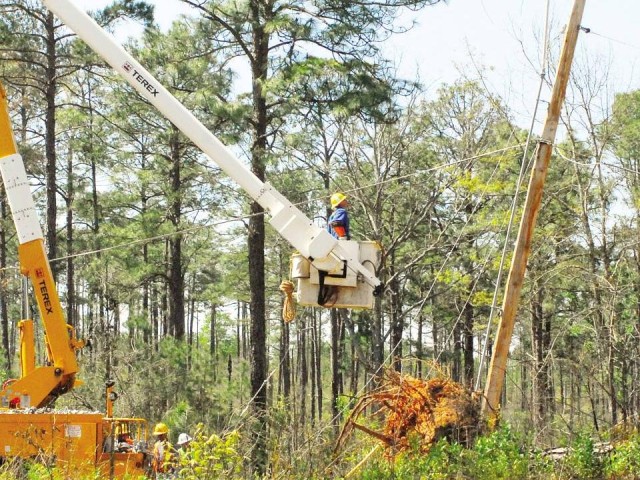
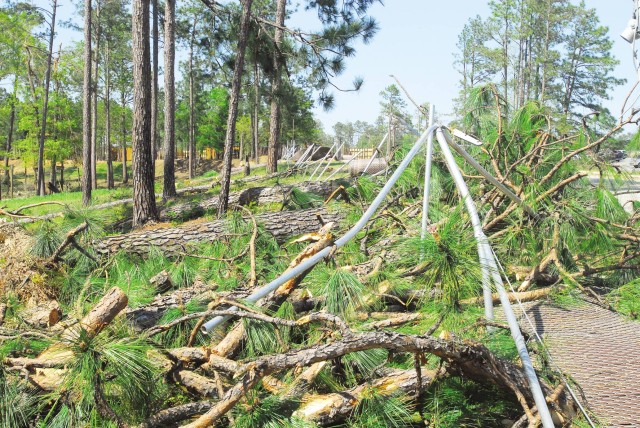
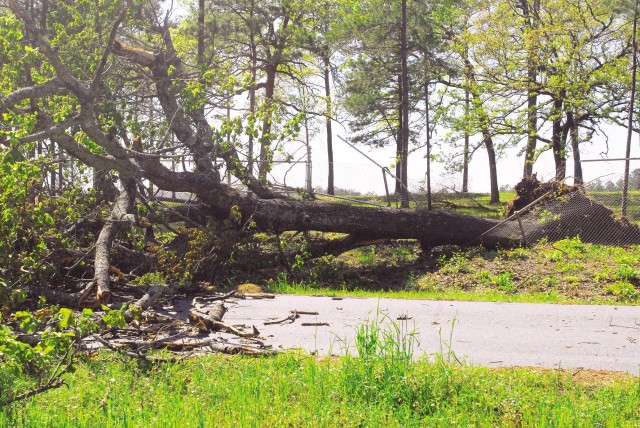
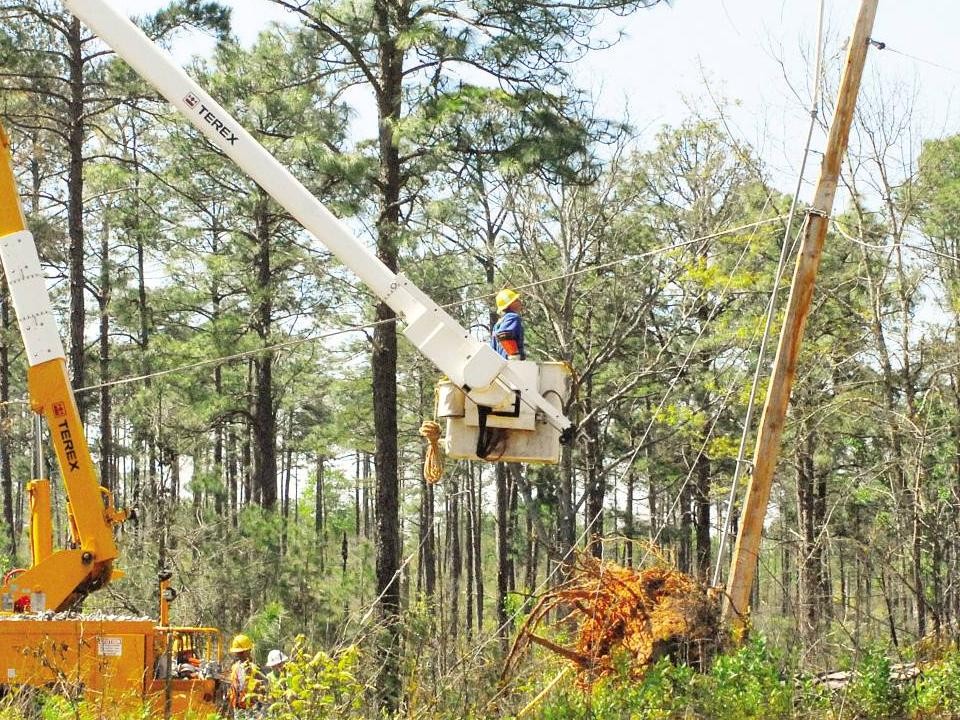
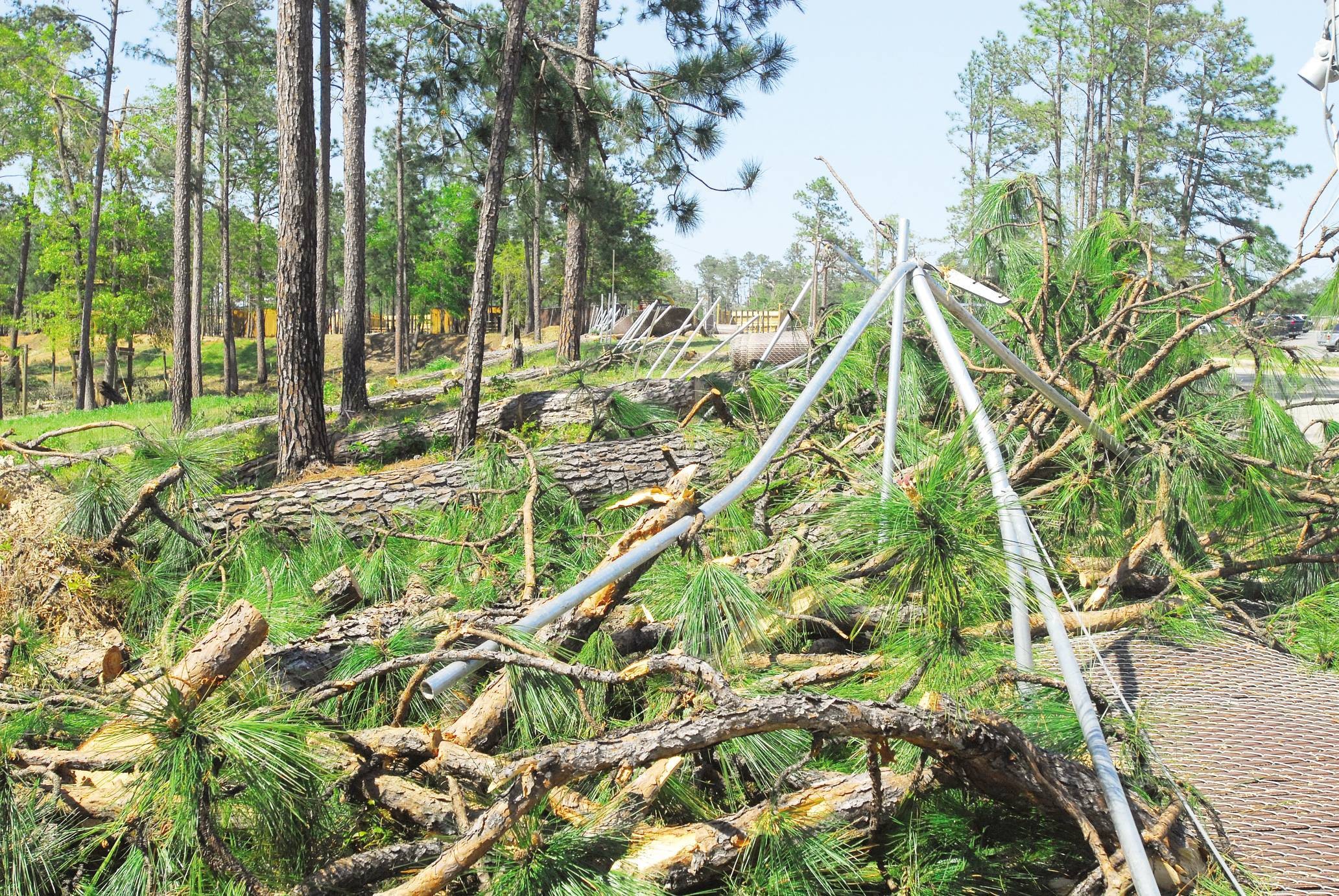
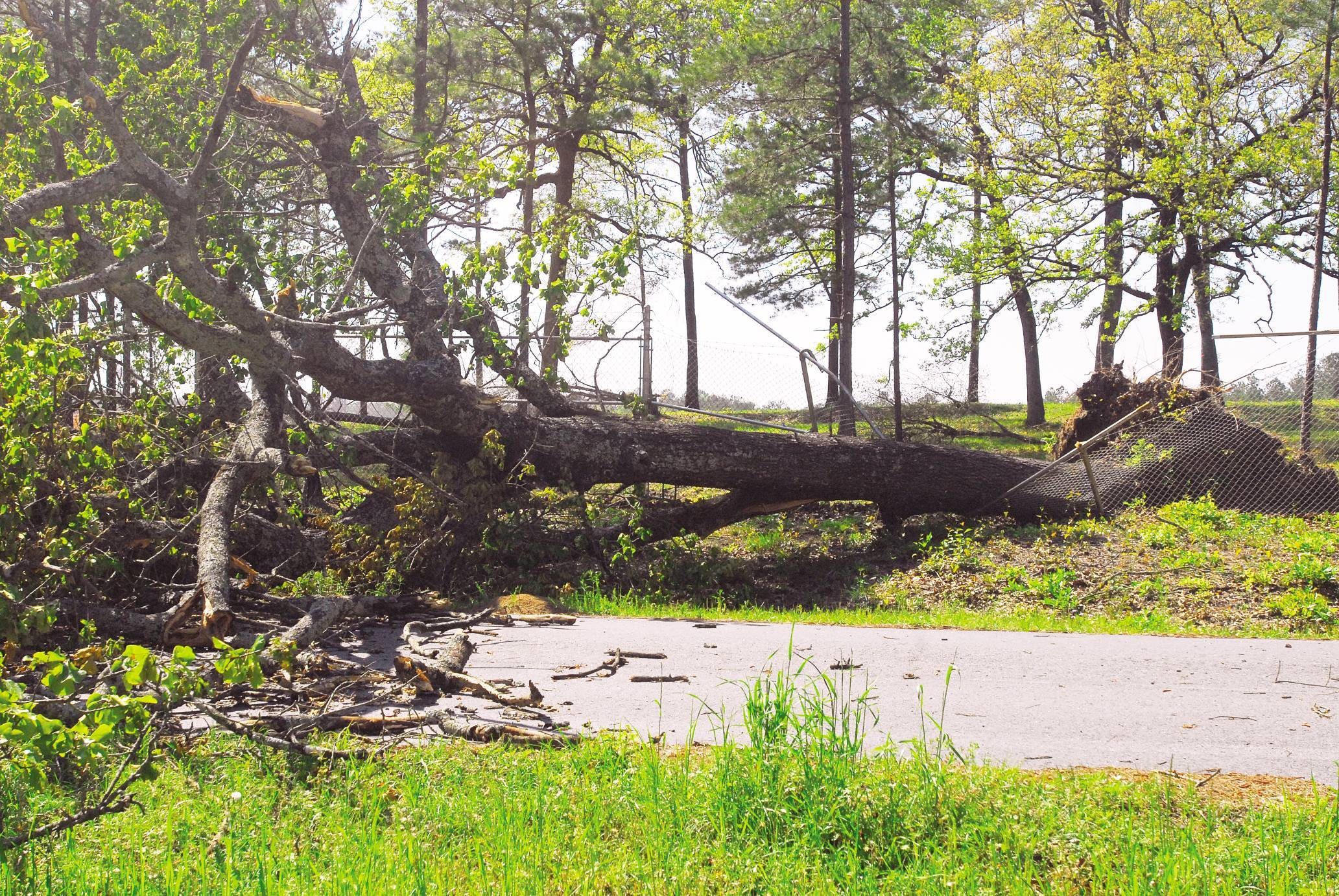
Social Sharing